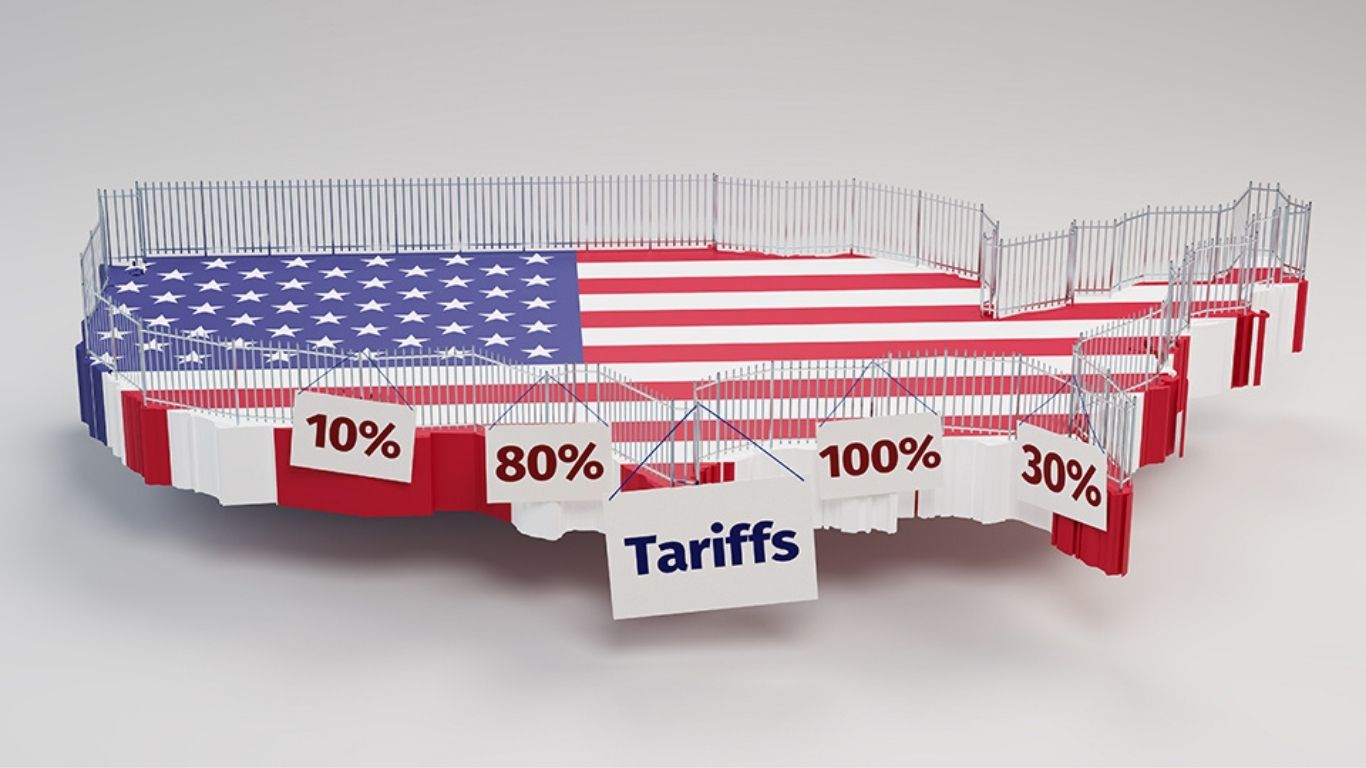China retaliated against the most recent tariffs in the United States with another round of tariffs on United States agricultural products. The new tariffs levied a 15% tariff on United States chicken, wheat, and corn and a 10% tariff on United States soybeans, pork, and fruit, a development that will hit United States farmers directly, as exporting to China is an important source of income.
For farmers specifically, these tariffs are another hit to an industry already facing price volatility, supply problems, and weather risk. While some goods already en route to China will be exempt from the new tariffs, future shipments will be charged extra fees, and they will be less competitive in the Chinese market.
This piece will examine the short-term and long-term implications to American farming from China’s retaliatory tariffs, and how farmers, rural towns, and global trade relations are being reshaped by recent developments in the United States-China trade war.
The direct effect on American farmers
China has been one of the biggest buyers of United States agricultural products, particularly soybeans, corn, and pork, year by year. With these tariffs, however, raising the price of United States exports, Chinese buyers will redirect their purchases to other suppliers, such as Brazil, Argentina, and Australia. The diversion is equal to a reduction in demand by United States agricultural products leading to:
Reduced prices of United States agricultural products both domestically and internationally.
Financial strain on farmers, most of whom have tight profit margins to start with.
There is uncertainty regarding planting and investment plans during the upcoming season.
The 2018-2019 China and United States trade war, as reported by the American Farm Bureau Federation, reduced agricultural sales by $27 billion, including a 75% decline in sales by soybeans before their partial recovery. If the past is an indicator, the new tariffs can continue to destroy American farmers’ streams of income yet again.
The Function of Trade Contracts
There are farmers who are committed to buyers in China, and quantities and prices have been predetermined. Yet trade agreements have clauses to adjust prices as per policy alterations.
Some agreements have the buyers covering part of the tariff expense, but they do not want to do so again in the future.
Others will pass the expense on to American suppliers, compelling farmers to accept less compensation or cancel transactions.
So, there will be some sales under present obligations, but there will be fundamentally fewer new sales unless tariffs are reduced or trade relations ease.
The Ripple Effect on Rural Economies
Farmers being harmed impacts rural communities, too, as they depend on them. Agriculture is a key part of rural economic systems, supporting enterprises such as:
Equipment suppliers (tractors, irrigation systems, storage).
Truckers and freight forwarders handling shipments involving livestock and grains.
Local suppliers of seeds, fertiliser, and agro-supplies.
A USDA study concluded that every $1 billion in lost agricultural exports equates to 8,000 fewer jobs in agriculture-related industries. Since China accounted for $36 billion in U.S. agricultural exports in 2023, a sudden decline in sales would result in mass unemployment and economic distress in rural America.
Lost market share to global competitors
One of the biggest threats China’s tariffs pose is long-term alteration in trade relations. Once China finds replacement suppliers like Brazil or Argentina, countries gain a more lasting presence in the Chinese market, and it becomes harder for American farmers to recapture lost business even if tariffs come to be eliminated.
For example
Brazil significantly enhanced its production of soybeans since the previous U.S.-China trade war, enhancing market share within China.
China is diversifying agricultural trade deals with European nations and nations in South America and is focusing less on the United States.
Once market share is lost, it is extremely difficult to recover, warns Jaya Wen, a business and international economy professor at Harvard Business School. “China doesn’t merely pursue substitute sources in the short run, it actively develops long-term trading relations with other suppliers.”
Increasing domestic surplus and decreasing prices
With reduced exports to China, surplus agricultural products will overflow the U.S. market, causing prices to decrease. While this may initially seem to be a benefit to consumers in the United States, it forces farmers to accept lower prices, perpetuating their economic challenges.
According to USDA estimates, a consistent decrease in demand by China would result in:
Prices will decline by 12-15% on corn.
Soybean prices will drop by 18-20%.
US farmers’ revenues to drop by as much as $10 billion annually.
Also, without China as a primary purchaser, some growers might have to change crops or even cut back production, resulting in:
Agricultural and related industry job losses.
Reduced investment in new agricultural technology.
Increased economic stress on small and medium-sized farms.
What can be done? Policy Considerations and Next Steps
The U.S. government and farm industry must weigh a series of options to minimize the losses caused by China’s retaliatory tariffs:
1. Tariff Reduction Talks – The United States Trade Representative and the Agriculture Department must enter into diplomatic efforts towards reducing trade tensions and regaining honest market access to farmers in America.
2. Diversification of Trade Relations – Trade diversification with other large importers, such as Japan, India, and the European Union, could compensate for the loss by China.
3. Providing Financial Relief – The American government had already given $28 billion in relief to farmers during previous trade disputes. The same emergency fund can be called on.
4. Diversification of Agricultural Exports – Encouragement to farmers to diversify to other markets and value-added ag products (i.e., specialty or organic crops) could reduce dependence on China.
Conclusion: Farmers in the Crossfire
China’s retaliatory tariffs on United States agricultural products are a concrete manifestation of rising trade tensions. While designed as a response to United States action, these tariffs unfairly disadvantage American farmers by reducing their access to a precious export market and adding new layers to economic uncertainty.
Should the trade tensions continue, the American agricultural industry will suffer long-term injury, as farmers will be outdone by these competitors who can provide China with reliable, tariff-free supply chains. Survival, in most cases, is the first priority—is another round of economic downturn possible without sacrificing their communities, livelihood, and farms?
As lawmakers gaze into the future, one thing is certain: America’s farmers can’t afford to be collateral damage in an extended trade war.




